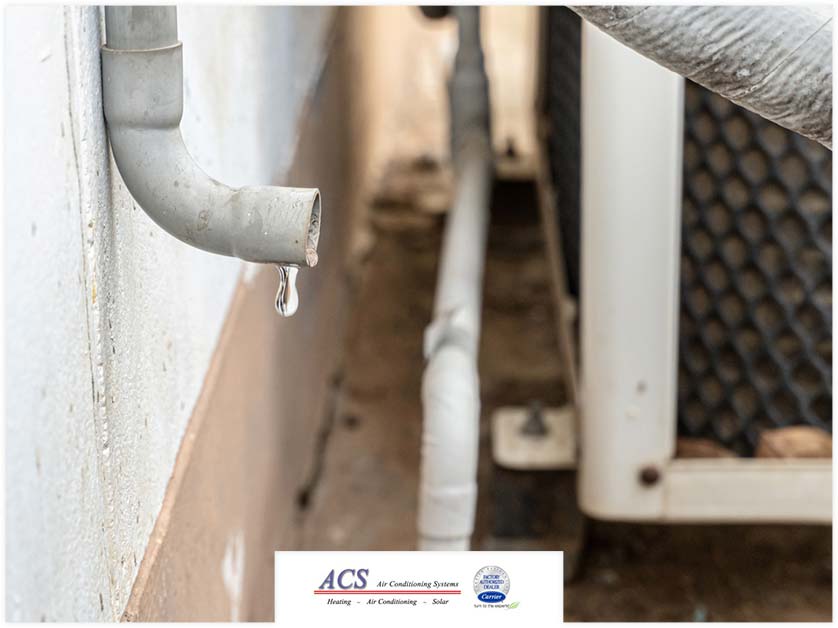The condensate drain line is a key component of any air conditioning system. If the condensate drain line becomes clogged, your air conditioner may not be able to work efficiently and will eventually stop working if left unchecked.

In this blog post, we discuss what causes a clogged condensate drain line and some methods to unclog it and help keep your air conditioning system running properly.
What Is a Condensate Drain Line?
A condensate drain line drains the moisture and condensation caused by your air conditioner’s cooling process. The condensate is transferred from the unit through a pipe to transport it away safely and prevent water damage or other related problems within your home.
Causes of a Clogged Condensate Drain Line
Condensate drain lines can become clogged due to various causes, such as dirt, algae or other debris entering the line. It can also be due to blockages from pipe fittings and seals or a buildup of organic material. In some cases, air conditioning systems require a larger condensate line to keep up with the cooling load.
Signs of a Clogged Condensate Drain Line
When the condensate drain line is clogged, the problem can be difficult to detect and may only appear as a minor issue. Common signs include a buildup of water around your air conditioning system’s intake vent, odd smells coming from your AC unit or strange noises while it is running. In extreme cases, ice can form on the coils inside the unit due to overworking.
Steps to Unclog a Condensate Drain Line
If you notice any of the signs above, it may be time to unclog your condensate drain line. Here are some steps you can take:
- Start by checking the line for visible obstructions such as leaves, sticks or other debris and remove them if found.
- Check for any blockages caused by seals or pipe fittings that need to be adjusted or replaced.
- If there is an organic material buildup (such as algae), use a chemical cleaner specifically designed for air conditioner condensate lines. Practice caution and follow the manufacturer’s instructions.
- Use an air pressure check device like the bellow gauge to check airflow levels out of the venting system and reattach securely if necessary.
If all else fails, call the HVAC professionals at ACS Air Conditioning Systems. We can provide you with tailored advice to maximize your cooling efficiency and address any issues that may arise. Contact us today at (925) 676-2103 for more information on your HVAC installation or repair needs.








